Welcome to the third installment of Alliant’s “Doing More with Less” series, designed to help marketers make the most of their limited budgets and resources in a time of economic uncertainty. Previously we’ve explored cross-channel audience activation and how data cooperatives help marketing organizations make the most of first-party data assets. Here we address how marketers can leverage predictive modeling to optimize multichannel campaigns before they launch.
In marketing circles, the term “optimization” typically brings to mind tools and techniques designed to improve outcomes once a campaign is live. But why wait until a campaign goes live to create efficiencies? Marketers are tasked to do more with less in an uncertain economic environment, so doing everything you can to optimize campaigns before they launch makes infinite sense.
Predictive modeling is a tool that can enable marketers to be more precise in budget allocation by channel, campaign structure, and bid strategies. Even though pre-campaign optimization has been a common direct marketing practice for more than a decade, the tactic hasn't necessarily found its way to the forefront for digital marketers. It’s time for that to change.
What Is Predictive Modeling?
Predictive modeling looks at past and current behaviors to predict specific outcomes. This can be done using a single methodology (e.g., logistic regression, random forest, neural networks, etc.) or an ensemble (i.e. using a collection of modeling methodologies together).
Sound complicated? It’s really not—not with the right partner. If you've used any on-demand or custom audiences from Alliant, you've already started to harness the power of predictive modeling. But simply activating an audience just scratches the surface on how these models can be used to drive efficiencies.
Ways to Extend the Value of Predictive Audience Models
Marketers who want to leverage predictive modeling to the fullest extent to optimize campaigns pre-launch should consider the following.
Use score groups to create a campaign hierarchy. Models look at hundreds, if not thousands, of variables to determine which individuals represent the best fit for an audience. The model will factor all variables and create a distribution of records into score groups. Score groups typically range between one and 20 but can climb as high as 80 groups or more. Essentially more score groups equal more granularity for fine tuning an audience.
When creating an on-demand audience, Alliant typically includes the top 3 or 4 groups in the selection criteria. But brands and agencies can work directly with Alliant to break out modeled audiences by score group, which can be used to create line items in the campaign hierarchy. For example:
- Groups 1-3: highest priority
- Groups 4-8: mid priority
- Groups 8-10: low priority
Marketers can leverage these score group rankings to adjust maximum bids or CPA goals based on the priority. The highest-ranked prospects typically warrant a higher threshold, while lower-ranked groups can be assigned lower bids. Employing this type of hierarchy will allow you to extend reach and connect with potential customers who would otherwise be missed, but at more efficient spend levels.
Optimize spend by channel. Models can also predict audience responsiveness by channel, which enables marketers to be smarter about budget allocations based on predicted response or conversion rates. This approach can support refinement of media mix models for teams that have adopted a MMM approach.
Marketers can also further segment audiences based on their predicted responsiveness. For example, if a subset of the audience is more likely to respond via direct mail, a marketer might want to put a lower frequency cap on the digital campaign for that group but include them in multiple mail drops. This approach can limit wasted ad dollars on individuals who will likely never respond via a certain channel, enabling marketing teams to focus their investment where audiences are most likely to engage.
Score first-party data sets with the predictive model. Most brands tend to separate first- and third-party targeting efforts within a campaign, and rightfully so considering the power of their own customer data. But not all customers are the same, and just as marketers can use score groups to create a campaign hierarchy among third-party audiences, they can also score their first-party audiences with a predictive model. Doing so enables greater segmentation or strategic prioritization, opening doors to additional tactics. This approach can also help with identifying lapsed customers who are likely to re-engage, a great way to grow revenue without incurring high new customer acquisition costs.
For marketers looking to do more with the same level of investment, these actionable tips can pay off big time. They require minimal additional campaign setup time and can often be accomplished by having a conversation or two with a strategic partner like Alliant.
Ready to get started? We’re here to help! Contact our Alliant team here.







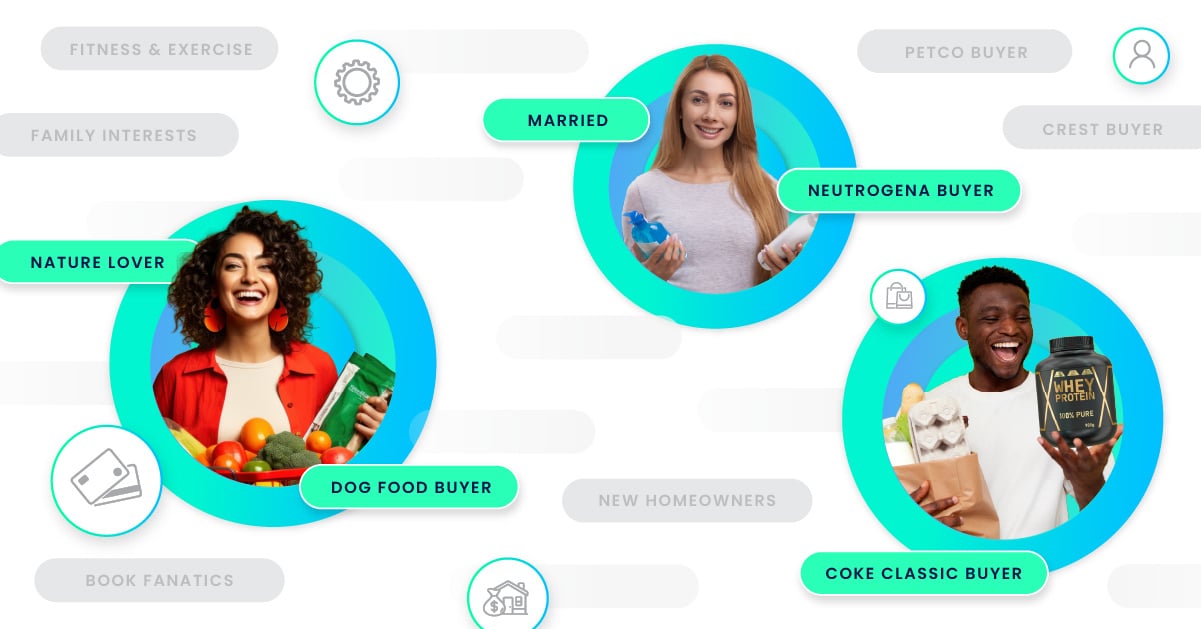












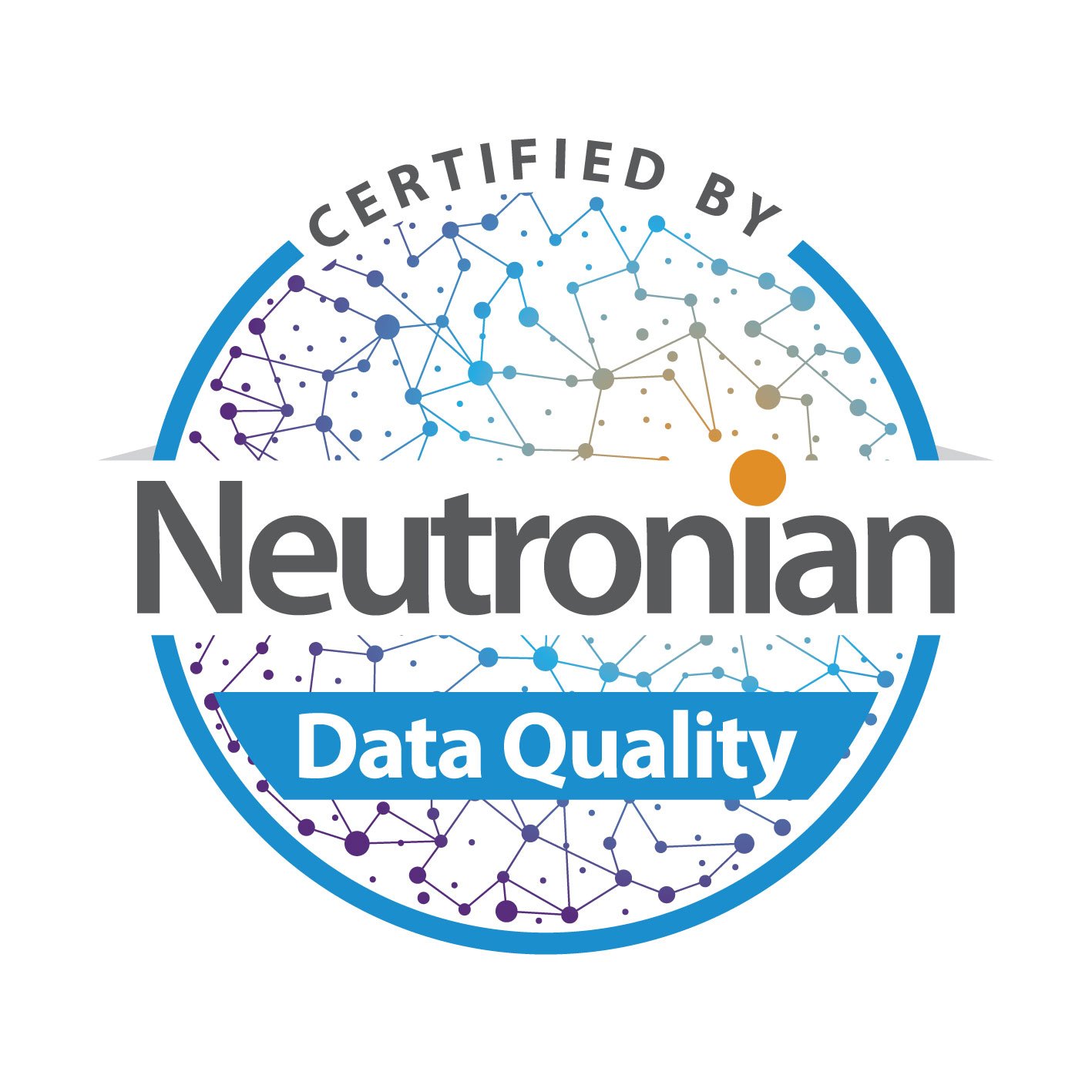
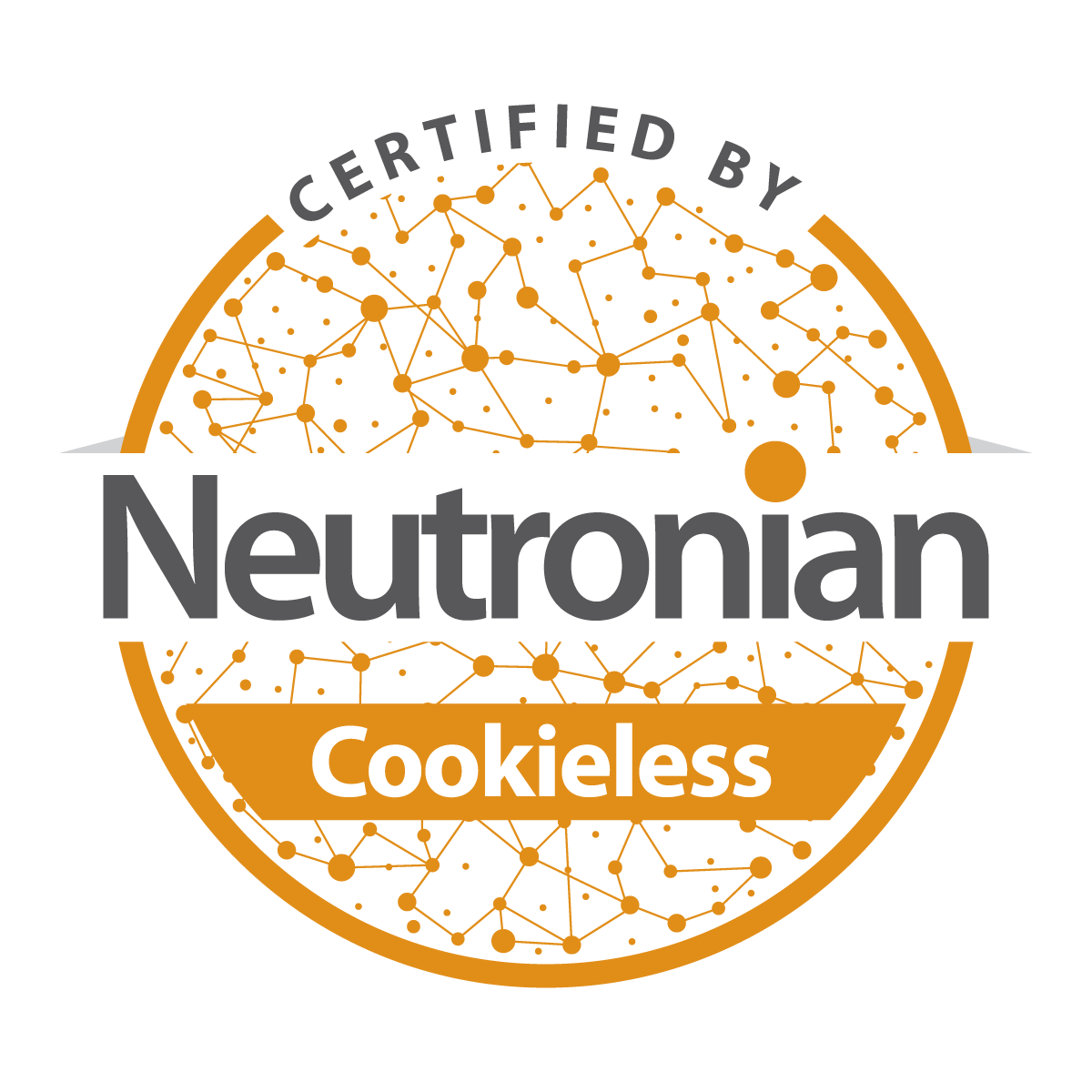
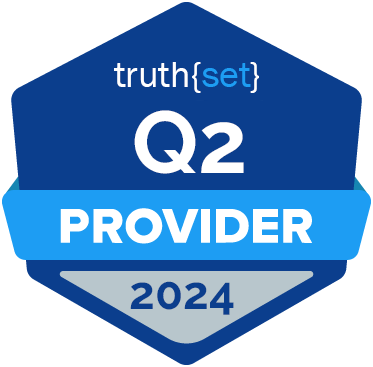






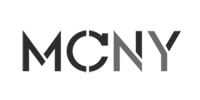
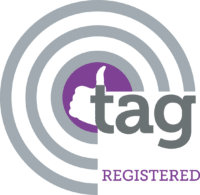
Submit a Comment